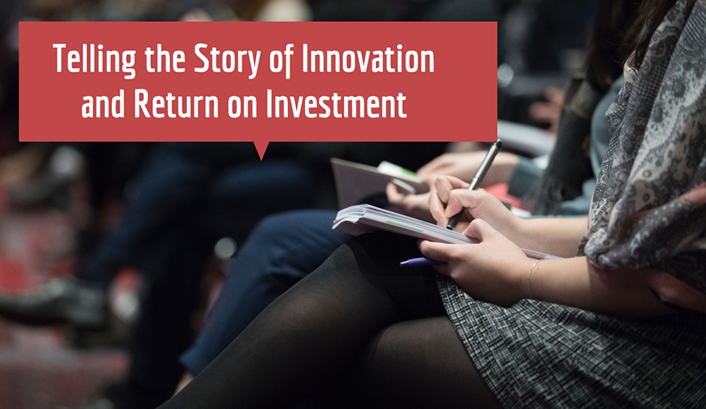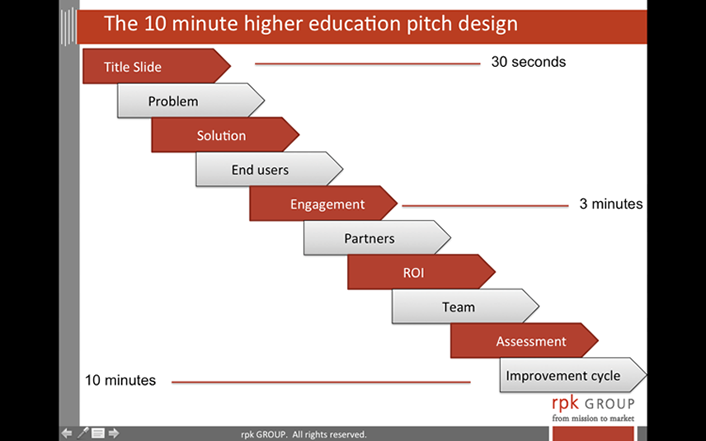
While stories about increased cost pressures, the pace of change, and fickle student demands abound, the time has come for higher education leaders to write new stories that capture how we will create future-ready campuses. Achieving success will require an ability to combine innovation and return on investment (ROI) to create sustainable innovation.
Defining ROI in Higher Education
ROI in higher education is often seen as a business concept that remains separate from mission and student success. However, when we think about ROI, we mean telling a broader story in which innovations are viewed within three fundamental shifts.

These can be examined within a few simple questions:
- What is the total cost of my innovation, including both new spending and the use of existing resources?
- What's the unit I should measure that connects cost with a change in performance?
- How might the expected change in student performance also support a more sustainable financial model?
Courageous Leadership and the Sustainable Innovation Story
rpk GROUP recently worked with a cohort of institutions to support the launch of their student success initiatives. Institutional teams had identified their core audience, developed an initiative to impact student success, and created success metrics. So far so good for the innovation part of the story. But, how could we bring in ROI to make that innovation sustainable?
Through a series of iterative exercises, those institutional teams developed the connections between student success and ROI. For example, several initiatives focused on increasing student retention. Through the exercises, the teams were able to expand their definition of success (increased student retention) to include ROI. Examples of ROI included growth in total student enrollment and a higher average student credit hour load. In both cases, those increases would lead to new net tuition and fee revenue — revenue that could support the initiative as well as provide a contribution back to the institution.
Once the ROI connection was made, institutional teams further developed their ability to tell the Innovation/ROI story. This story emerged from simple statements (An 'x' change in student retention results in 'y' more net tuition and fee revenue!) to the creation of 'pitch decks' that succinctly take their campus communities from problem-definition to feedback, and on through a cycle of continuous improvement.

The Conclusion to a Neverending Story
The need for innovation in creating future-ready campuses will never end. By not incorporating an understanding of ROI, however, we run the risk of failure of that needed innovation. Higher education is at the very beginning of its Innovation/ROI story, but it is a story that holds great promise for meeting the needs of tomorrow's students.
Bryan Setser, principal, rpkGROUP
Rick Staisloff, principal, rpkGROUP
